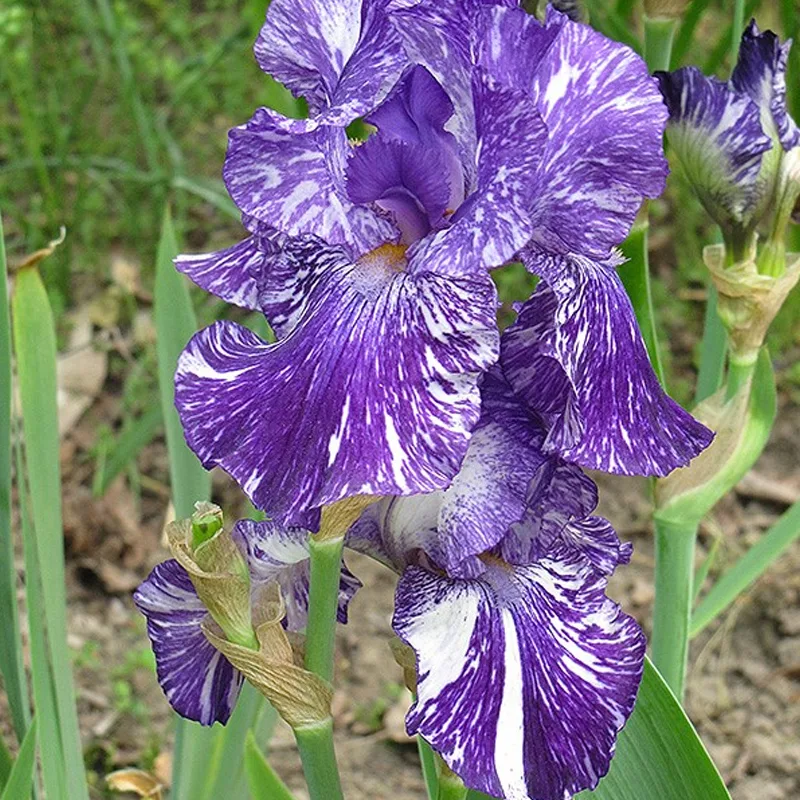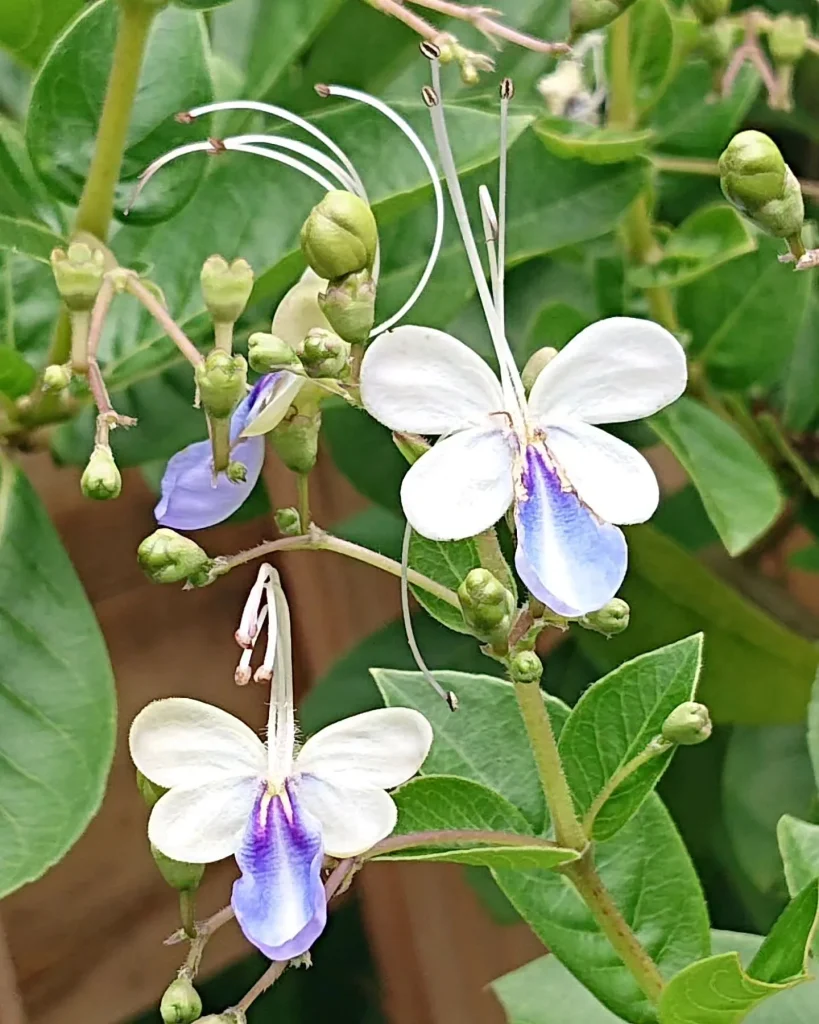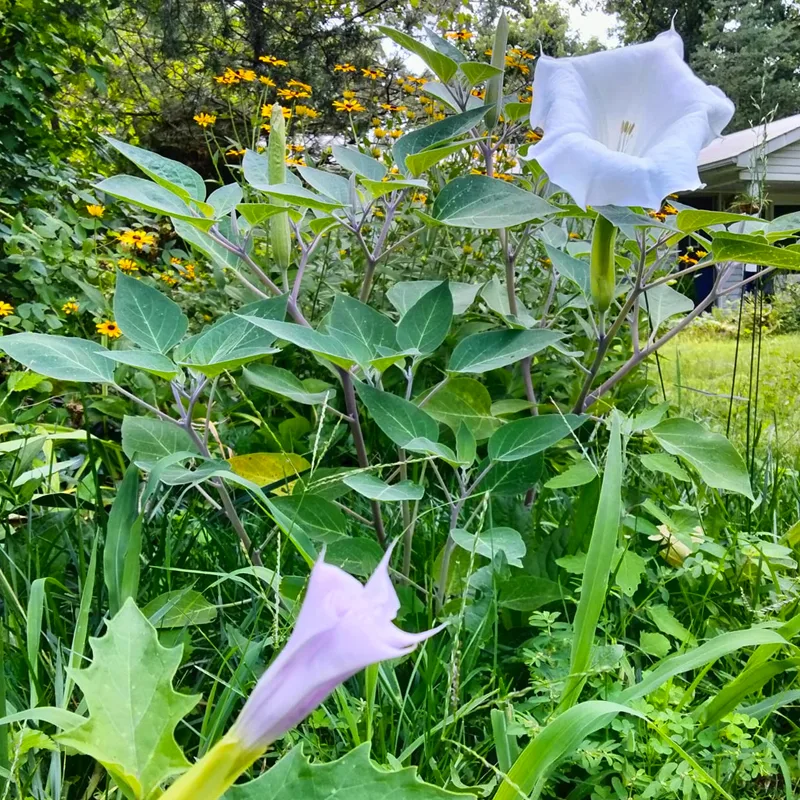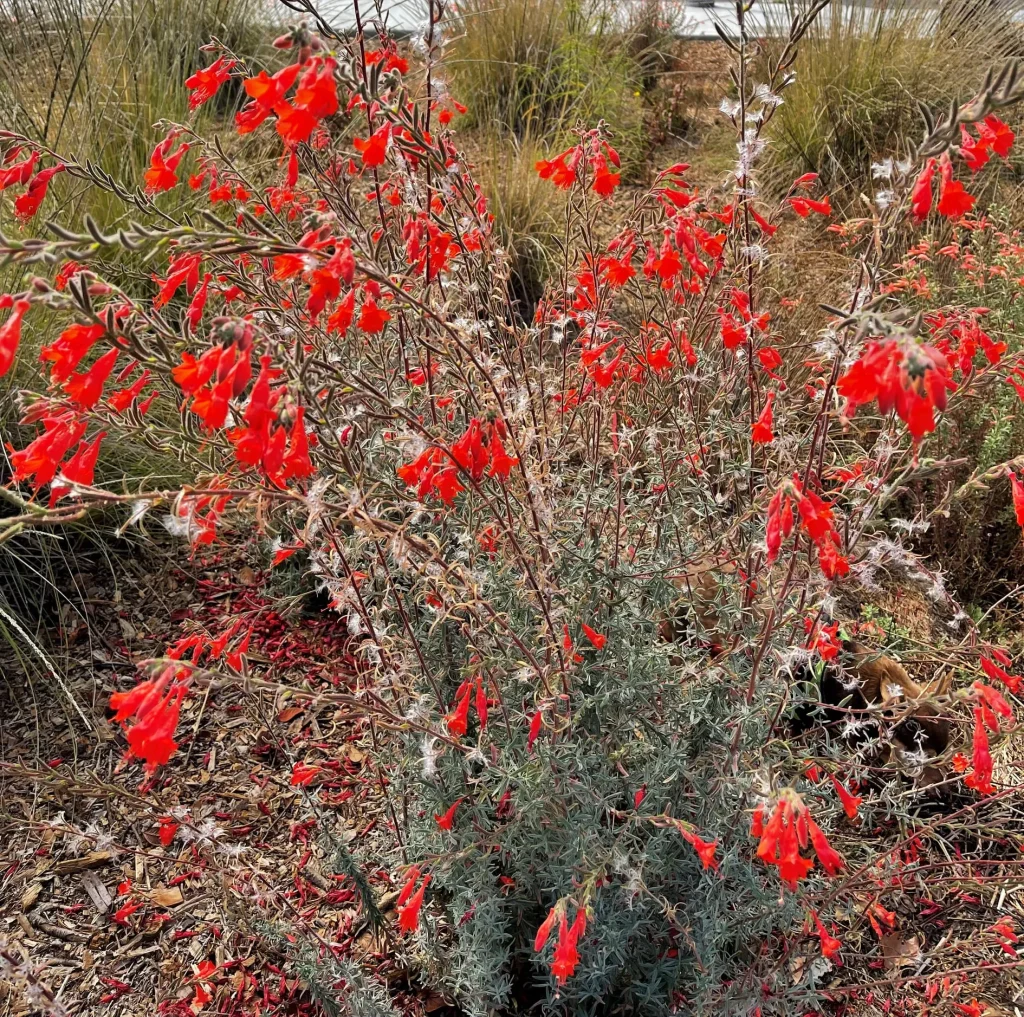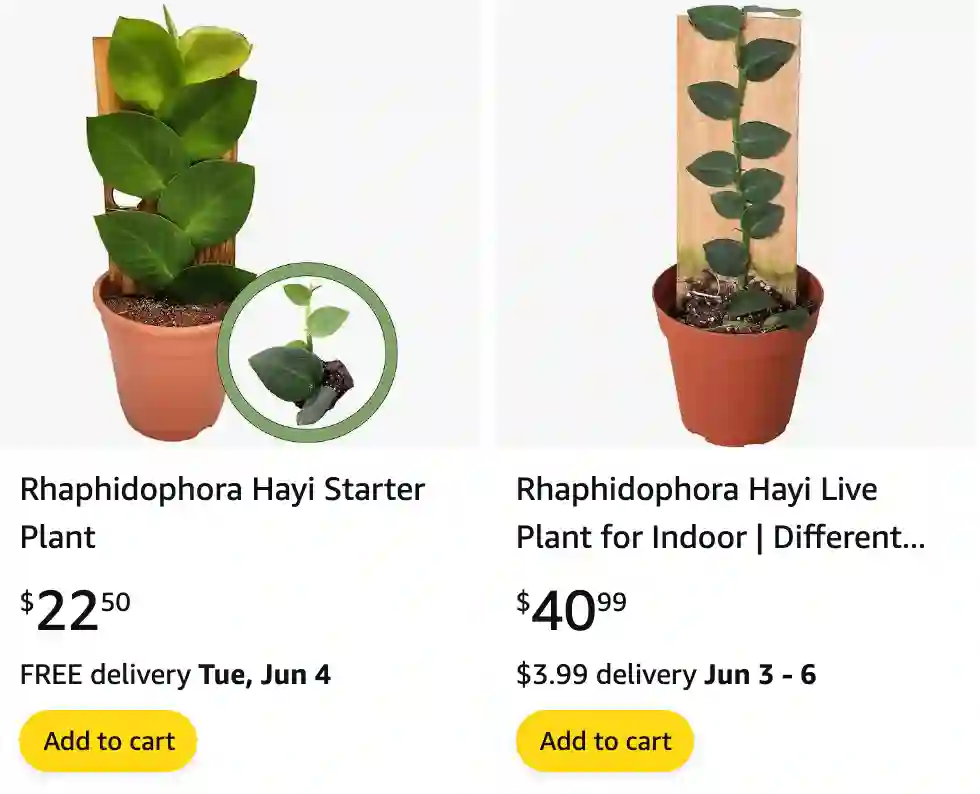
The Allure of Rhaphidophora Hayi: A Climber for Plant Enthusiasts
For any plant enthusiast on the lookout for a unique and captivating addition to their collection, the Rhaphidophora Hayi deserves a prominent spot. This stunning vining plant from the wet tropical forests of Queensland and New Guinea boasts a captivating combination of charm and elegance.
As a proud owner of a thriving Rhaphidophora Hayi myself, I’ve been completely smitten by its beauty and ease of care. In this article, I’ll share my experiences and insights on cultivating this remarkable plant, hoping to inspire you to bring its magic into your own home.
105 Species in Genus Rhaphidophora
What is Rhaphidophora Hayi?
The Rhaphidophora Hayi is a stunning vining plant belonging to the Araceae or arum family, which also includes popular houseplants like Monstera and Philodendrons. Unlike its more flamboyant cousins, the Hayi possesses a more understated elegance. Its slender, climbing vines boast glossy, elongated leaves that range from a deep emerald green to a lighter jade shade.
One of the most captivating aspects of the Rhaphidophora Hayi is its growth habit. As a semi-epiphyte, it thrives by clinging to a support structure in its natural habitat. This characteristic translates beautifully to indoor settings, making it an ideal candidate for moss poles, trellis structures, or even creatively placed branches. Watching the Hayi gracefully climb and unfurl its leaves is an incredibly rewarding experience for any plant lover.
Rhaphidophora Hayi vs Korthalsii
I haven’t had the chance to personally grow Rhaphidophora Hayi yet, but Rhaphidophora Korthalsii has been a favorite in my collection for its intricate, deeply lobed leaves that add a wild, jungle vibe to my space. It’s been surprisingly resilient and easy to care for, which makes it a standout for me among my climbing plants.
How to care for Rhaphidophora Hayi?
The good news for plant newbies is that the Rhaphidophora Hayi is a relatively low-maintenance plant. Here are some key aspects to consider to ensure your Hayi thrives:
Light: This vining beauty prefers bright, indirect light. Avoid harsh, direct sunlight, which can scorch the leaves. A placement near an east-facing window or a spot with filtered sunlight through sheer curtains would be ideal.
Watering: The key to watering your Hayi is to maintain consistent moisture in the soil without letting it become soggy. Allow the top inch of soil to dry out slightly between waterings. During the warmer months, you might find yourself watering more frequently, while less frequent watering will suffice during cooler months.
Humidity: As a native of tropical rainforests, the Rhaphidophora Hayi appreciates moderate to high humidity levels. Grouping your Hayi with other humidity-loving plants or using a humidifier can help create a more favorable environment.
Soil: Opt for a well-draining, airy potting mix. Aroid mixes or a combination of potting soil, perlite, and orchid bark can provide the ideal balance of drainage and moisture retention.
Fertilization: During the active growing season (spring and summer), a balanced liquid fertilizer diluted to half strength can be applied every 4-6 weeks. Hold off on fertilizing during the winter months when growth slows down.
How to Propagate Rhaphidophora Hayi?
Propagating your Rhaphidophora Hayi is a fantastic way to expand your collection or share this beauty with friends. There are two main methods for propagating this vining wonder: stem cuttings and leaf cuttings.
Stem Cuttings:
- Identify a healthy stem with at least two nodes (the bumps where leaves emerge).
- Using a sharp, sterilized pair of pruning shears, make a clean cut just below a node. Ensure the cutting has at least one leaf node.
- Remove any lower leaves that might be submerged in water later.
- You can choose to propagate your cutting in water or directly in soil.
- For water propagation, place the cutting in a glass vase filled with fresh, filtered water, ensuring the node is submerged. Position the vase in a location with bright, indirect light. Roots should start to develop within a few weeks. Once the roots reach an inch or two in length, you can transplant the cutting into a pot with well-draining soil.
- For soil propagation, dip the cut end of the stem in rooting hormone (optional) and plant it in a pot filled with a well-draining potting mix. Water thoroughly and maintain consistent moisture. Keep the pot in a warm location with bright, indirect light. New growth should appear from the node within a few weeks.
Leaf Cuttings:
Propagating from leaf cuttings requires a bit more patience but can be a rewarding experience.
- Select a healthy, mature leaf.
- Using a sharp knife, carefully cut the leaf petiole (the stalk connecting the leaf to the stem) at an angle, leaving a small section of the stem attached to the base of the leaf.
- Plant the leaf petiole in a pot filled with a well-draining potting mix, ensuring at least half of the petiole is buried. You can also create a mini greenhouse effect by covering the pot with a clear plastic bag to maintain humidity.
Pro-Tip: For both stem and leaf propagation methods, it’s crucial to maintain consistent moisture in the soil or water. However, avoid overwatering, which can lead to rot.
What to Plant with Rhaphidophora Hayi?
The Rhaphidophora Hayi’s vining nature makes it an excellent candidate for pairing with other plants. Here are some ideas for creating a captivating plant arrangement:
- Mossy friends: Philodendrons, such as the Philodendron Birkin or the Heartleaf Philodendron, are perfect companions for the Hayi. Their lush foliage complements the Hayi’s elegant leaves, and they share similar care requirements.
- Trailing beauties: String of Pearls or String of Hearts can cascade beautifully from a shelf positioned above the Hayi’s climbing structure, adding a touch of whimsy to the composition.
- Air plant companions: Tillandsias, also known as air plants, require minimal soil and can be creatively attached to the Hayi’s support structure, adding a touch of textural contrast.
Living with a Rhaphidophora Hayi: More Than Just a Plant
The Rhaphidophora Hayi is more than just a beautiful houseplant; it’s an experience. Watching it gracefully climb and unfurl its leaves, witnessing the emergence of a new aerial root reaching for its support, these are small moments that bring a sense of joy and connection to the natural world.
With its relatively low-maintenance nature and captivating beauty, the Hayi is a fantastic choice for plant enthusiasts of all levels. So, if you’re seeking a unique and rewarding addition to your indoor jungle, consider welcoming a Rhaphidophora Hayi into your home. You might just find yourself captivated by its charm, just like me.
If i die, water my plants!
